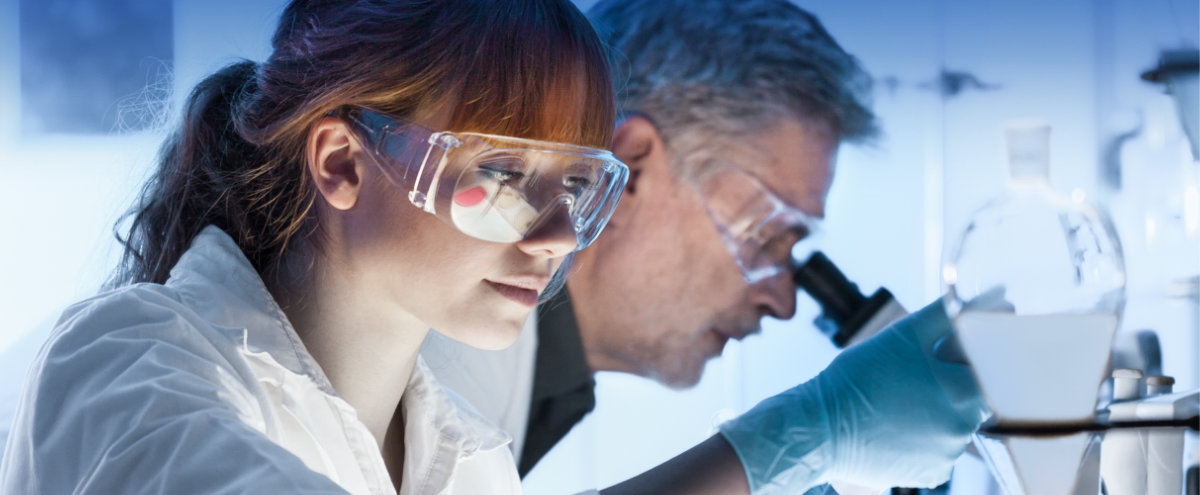Diel Variations in the primary productivity of the upper ocean from autonomous glider and autonomous profiling float observations
ApplyProject Description
Using autonomous gliders and profiling floats, we have investigated the interaction of physical and biogeochemical processes in the upper layers of the Red Sea. In all of these, we see distinct diel patterns of variability inkeybiogeochemical variables that include chlorophyll, suspended particles (particulate carbon), and dissolved oxygen. These processes represent the complex interaction of the daily solar cycle, nutrient supply, and physical processes that contribute to horizontal transport and vertical mixing of the water column. The goal of this study is to understand the diel variations in the key biogeochemical variables and determine how they are informing us about the primary productivity of the upper layer. The visiting student will work with existing data sets that we have been obtaining since 2013, and will also be able to participate in ongoing work that is currently ongoing within the Red Sea.
 Division -
Biological and Environmental Sciences and Engineering
Division -
Biological and Environmental Sciences and Engineering
About the
Researcher
Burton Jones
Professor, Marine Science

Burton Jones is a Professor in the Red Sea Research Center. His research interests include bio-optical oceanography, physical-biological interactions, coastal processes, and coastal ocean observing systems. He has been involved in studying the dynamics of physical/bio-optical interactions in a variety of environments that include coastal California, the Arabian Sea, Japan/East Sea, the Adriatic Sea, and now the Red Sea.
Recently, as part of the Southern California Coastal Ocean Observing System (SCCOOS) and research in harmful algal bloom monitoring, Dr. Jones has been involved in implementing a coastal observing system that includes fixed sites and autonomous vehicles. This includes participation in the development of an intelligent network of fixed and mobile nodes coupled with real-time ocean modeling capable of adaptive mapping and sampling strategies.
Recently, as part of the Southern California Coastal Ocean Observing System (SCCOOS) and research in harmful algal bloom monitoring, Dr. Jones has been involved in implementing a coastal observing system that includes fixed sites and autonomous vehicles. This includes participation in the development of an intelligent network of fixed and mobile nodes coupled with real-time ocean modeling capable of adaptive mapping and sampling strategies.
Desired Project Deliverables
1. Understand the presence and persistence of diel variability inkey biogeochemical variables that have been obtained with autonomous platforms in the central and northern Red Sea.2. Evaluate whether it is possible from these data sets to determine ifnetprimary production is occurring, or if the system is in a static, recycling state.
3. If the outcome of this effort is deemed successful, and meaningful, we expect to include this work within a publication in which the student can participate.

